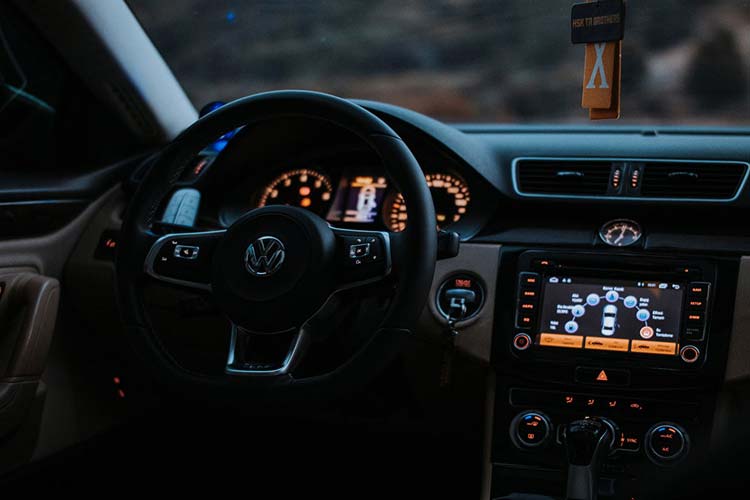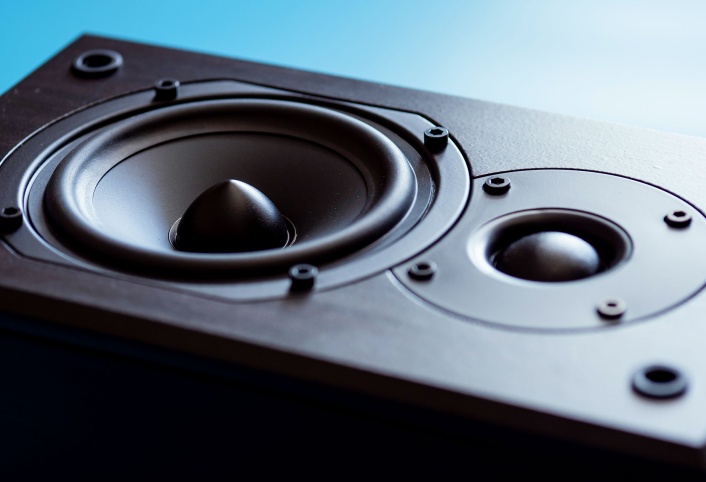The electronic systems in today’s cars are lightyears beyond the simple radios and cassette players of the past.
Advancements in automotive technology have transformed in-vehicle electronics into sophisticated, highly integrated features that are redefining the driving experience. Once focused primarily on music playback and radio reception, car electronics now involve an intricate network of sensors, cameras, touchscreens, and more.
Features like vehicle-to-vehicle communication, speech recognition, and gesture control are bringing sci-fi levels of connectivity and autonomy into the mainstream market. With the ability to seamlessly sync our digital lives into the car environment, electronics are becoming integral to navigation, safety, comfort, and overall convenience on the road. Beyond just background music, they monitor, inform, and entertain passengers in exciting new ways.
As the lines between transportation machines and powerful computers on wheels continue to blur, it’s clear that modern auto electronics provide much more than just audio capabilities. Join us as we cruise through the culture-shifting innovations in today’s car electronics and explore how they enrich our journeys like never before. The road ahead promises to be an electronics adventure.
The Rise of Integrated Systems
Winding back just a few decades, cars relied on relatively simple electrical wiring to power lights, ignition, and various electro-mechanical components. Electron tube radios introduced early entertainment but focused mainly on reception quality. Fast forward to today with specialized computer chips and sensors controlling everything from braking to navigation while presenting interactive interfaces promising continual feature expansion through software updates.
This revolution unfolded across overlapping phases transitioning isolated analog components into multilayered digital environments comprehensive enough to earn a new classification as “infotainment systems”. CD players and LCDs converged into integrated panels and hands-free calling entered the mix. Touchscreens soon centralized media playback, phone mirroring, climate, and system settings reducing dashboard clutter. And now, High-bandwidth connectivity and intelligent processing clear runways for the ongoing electronics ascendance through unprecedented convenience, customization, and capabilities.
Smarter, Safer Journeys
In-vehicle processing augments mechanical functions like steering and acceleration with electronic oversight through active safety features fine-tuned to each model’s dynamics. Lane-keep assist gently nudging wandering vehicles back on course while cameras eliminate blind spots for confident lane changes. Emergency braking auto-triggers upon detecting impending forward collisions, calculating optimized deceleration when drivers fail to respond. Parallel parking becomes one-touch easy through surround views and guidance overlays. Adaptive cruise control automatically adjusts speed to maintain a safe distance from leading traffic. By continually sensing in all directions, electronics empower smarter maneuvers.
As computing converses directly with cloud platforms, pinned locations and predicted arrival times grow even more accurate. Traffic alert integration allows navigation systems to reroute journeys around congestion in real time for improved efficiency. Automated software updates additionally enable the introduction of enhancements, custom preferences, and newly mapped roads conveniently over the air.
Performance and Environment Go Digital
Along with driving aids, embedded electronics also unlock more responsive engine tuning, transmission shifting, and suspension adaptive to various conditions and driving styles. Digital gauges present vehicle diagnostics like tire pressure and fluid levels clearly adjusting backlight brightness automatically for easy day or night reference. Cabins preheat in winter or ventilate in summer before the driver and passengers ever open the door for immediate comfort.
For electric and hybrid vehicles, power management electronics prove essential for optimizing battery efficiency via braking regeneration while calculating routes with convenient charging stations for minimizing range anxiety. Cabin interfaces keep occupants continually updated on remaining charges and estimated miles supported by intelligent systems balancing performance demands against longevity gains through conservation.
Connectivity Opens New Frontiers
As consumers increasingly expect uninterrupted access to their digital lives regardless of the environment, expanded in-vehicle Wi-Fi alongside LTE and 5G integration enables persistent connectivity for passengers’ devices through each journey. Remote start and monitoring apps also give owners control over their vehicles from afar across regions with reception.
The exchange travels both directions with select premium makes now testing capabilities for vehicles to communicate road hazards and traffic events in real-time with surrounding infrastructure through dedicated short-range communications (DSRC). As autonomous driving evolves, vehicle-to-vehicle and vehicle-to-infrastructure messaging could further optimize future mobility.
Evolving Responsibly
For all the conveniences and capabilities ushered in by modern vehicle electronics, their responsiveness, and reliability require ongoing scrutiny as complexity compounds. Distracted driving dangers demand emphasis on intuitive eyes-free interfaces via quality voice recognition and haptic feedback. Proactive cybersecurity measures also enter essential discussion as connectivity exposes additional attack surfaces.
Finding the equilibrium between innovation and safety while enhancing access calls for ethical considerations around how capabilities roll out across vehicle segments. Through continued discourse, the automotive ecosystem steers electronics to empower drivers of all ages and abilities during their journeys ahead on the open road.




